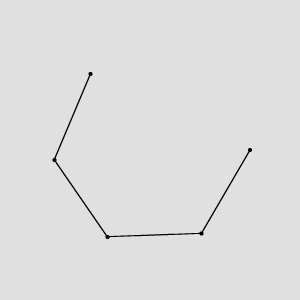You are here: Start » AVL.NET » AVL.ConvertToEquidistantPath Method
AVL.ConvertToEquidistantPath Method
Creates a new path whose characteristic points lie on the input path, but are equally spaced.
| Namespace: | AvlNet |
|---|---|
| Assembly: | AVL.NET.dll |
Syntax
public static void ConvertToEquidistantPath( AvlNet.Path inPath, float inStep, AvlNet.EquidistanceType inEquidistanceType, out AvlNet.Path outPath )
Parameters
| Name | Type | Range | Default | Description | |
|---|---|---|---|---|---|
 | inPath | AvlNet.Path | Input path. | ||
 | inStep | float | <0.0f, INF> | 1.0f | Requested distance between consecutive points. Default value: 1.0f. |
 | inEquidistanceType | AvlNet.EquidistanceType | Defines how the distance is measured. | ||
 | outPath | AvlNet.Path | Output path. |
Description
The operation follows a path from its beginning to the end, reselecting its characteristic points every inStep pixels. Note that this operation can significantly change the shape of a path, especially when the inStep value is relatively big.
To reduce the number of points in a path preserving its shape, one can use ReducePath filter.
Examples
 |
 |
ConvertToEquidistantPath run on the sample path with inStep = 10 and inEquidistanceType = OutputPathEquidistance.
 |
 |
ConvertToEquidistantPath run on the sample path with inStep = 100 and inEquidistanceType = OutputPathEquidistance.
Errors
| Error type | Description |
|---|---|
| DomainError | inStep has to be positive in ConvertToEquidistantPath. |

